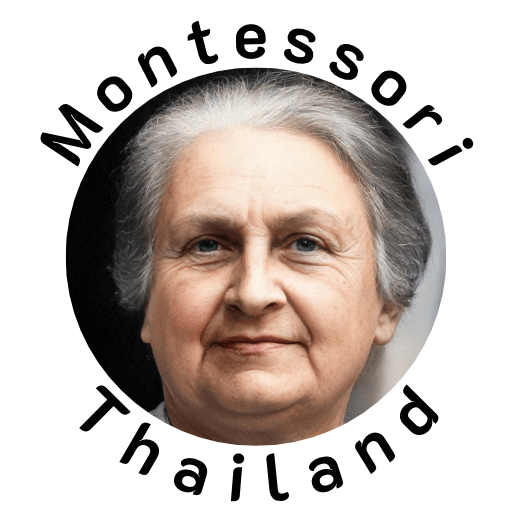Language Acquisition in Montessori education is a critical aspect of a child’s development, deeply rooted in both their natural inclinations and the guidance provided by the educational environment. It involves a process that goes beyond merely learning to speak, encompassing writing, reading, and understanding.[1]
Contents
- 1Montessori’s Five Steps to Language Acquisition
- 2Montessori’s Approach to Language Acquisition
- 3Critiques and Comparisons
- 4See Also
- 5Glossary of Montessori Terms
- 6Please help to translate this page into your local language
- 7References
Montessori’s Five Steps to Language Acquisition
Maria Montessori identified a progressive, five-step pathway towards language acquisition that encompasses both passive and active learning:
Spoken Language: Children unconsciously absorb the language of their surroundings, forming an internal dictionary. Phonemic Awareness: Children learn the sounds within words and the symbols representing those sounds in the alphabet. Creating Words (Writing): Children learn to combine sounds and symbols to form words. Reading: Children learn to decode symbols and sounds to decipher words. Reading for Meaning: Children develop comprehension skills, understanding the meaning behind what they read.[2]
